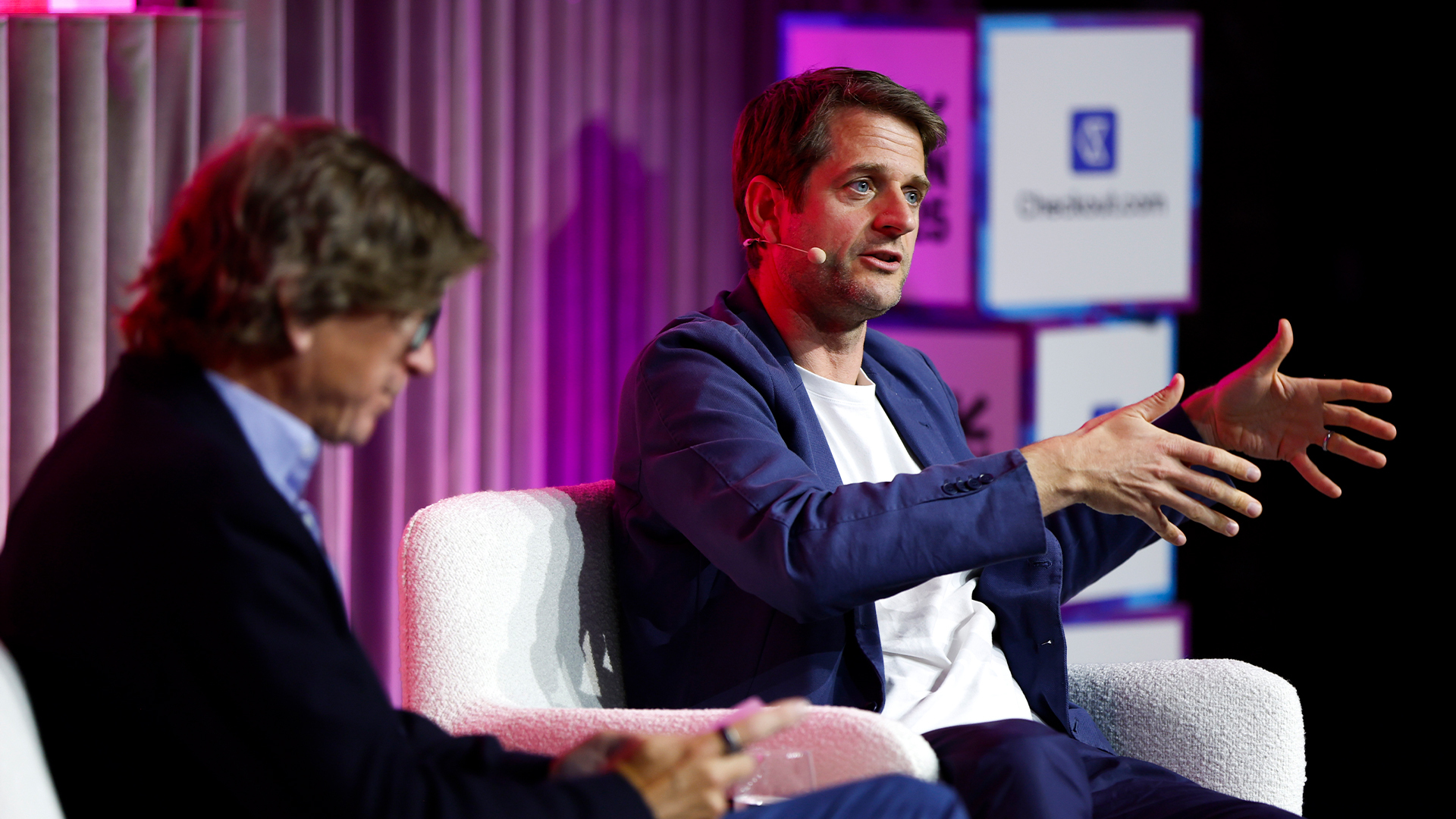We can all let out a big sigh of relief at the prospect of AI replacing our jobs, for Klarna CEO Sebastian Siemiatkowski is backtracking on his dreams of a fully automated workforce.
Siemiatkowski has made no secret of its automation efforts over the last year or so. In September, he sparked the ire of Salesforce CEO Marc Benioff after ditching its software in an AI-inspired SaaS consolidation drive.
But Klarna’s AI ambitions weren’t limited to scrapping software deals. Indeed, the company stopped hiring workers amid its AI push and boldly proclaimed it was using AI to do the work of around 700 workers.
Admittedly, this has paid dividends so far. The move to replace workers with AI agents has reduced the cost of customer support while revenue per employee has improved.
Klarna’s AI strategy didn’t bode well for workers across a range of professions, especially customer service, and appeared to be the first clear signs that the technology would usurp human staff.
But this bullish outlook on AI replacement has been tempered of late, it seems, with Siemiatkowski recently revealing Klarna plans to slow down AI job cuts and begin hiring human workers again.
On the surface it appears like a win for workers and customers alike. But recent comments from the chief exec point to a more concerning future.
During a fireside chat at London SXSW, Siemiatkowski noted this u-turn doesn’t necessarily mean that human workers are going to be rehired en-masse and we can return to the glory days of arguing with a customer service rep over a refund.
If anything, it will result in a new, two-tiered customer service setup for companies that have the workforce and technology stack to support it.
“We think offering human customer service is always going to be a VIP thing,” he said, per TechCrunch reports. Notably, Siemiatkowski drew parallels between the future of customer service and luxury clothing, suggesting that people will always pay more for hand-stitched boutique clothing than mass produced items.
“We think that two things can be done at the same time,” he noted. “We can use AI to automatically take away boring jobs, things that are manual work, but we are also going to promise our customers to have a human connection.”
This ‘VIP’ approach to customer service sounds like a nightmare waiting to happen. We’ve all dealt with automated phone lines when trying to reach a service provider or company, an almost universally frustrating process.
Running a gauntlet of multiple options and dial tones just to reach a human worker that actually understands what you need can be soul destroying. It’s the same experience with most chatbots.
We just want to speak to a human. They understand. They can help.
Now we can acknowledge that on this occasion Siemiatkowski may have been waxing lyrical about the future of customer service. The finer details of exactly how this VIP-style, human-led customer service weren’t fleshed out.
But if this is the strategy Klarna – and perhaps other service providers across a range of industries – pursues moving forward, then we could find ourselves in a situation where consumers have to pay to speak to real human workers. The fact this is being described as ‘VIP’ suggests it will be a premium offering.
Will your ordinary Joe or Jane Bloggs be left dealing with a soulless chatbot while those able to fork out have the luxury of engaging with a human being? It sounds utterly horrendous.
Two-tiered customer service
By chance, this isn’t the first time the team at ITPro have encountered the idea of “two-tiered customer service”. In late 2022 during the onset of the generative AI boom, this was a potential reality that our very own Rory Bathgate explored during a discussion with Bernhard Schaffrik, principal analyst at Forrester..
Schaffrik noted that with the arrival of more intuitive AI tools, businesses would look to automate aspects of customer service in a bid to deliver cost savings. It makes sense in many ways, especially when dealing with high-quality or mid-market products and services.
“So maybe you are offering a low-cost service or product, but also a lot of high-quality, high-cost product or service, or some support activities that come as a premium,” he told ITPro.
“You could have a strategy that says the low cost entry level product or service, that’s fully automated. You’ll only get this with chatbots. But if you’re willing to pay a premium there will be a human touch on top of it or it’s fully human.”
Crucially though, this focus on cutting costs and offering a limited human-led service could have serious repercussions when it comes to customer satisfaction.
“So we can automate this process and it will result in short-term profit, but long-term what does it do to our reputation in terms of customer experience,” he questioned at the time.
If, and it’s a big ‘if’, this becomes the norm for organizations, then they need to be prepared for a torrent of complaints from consumers over the dwindling quality of services. Who on earth is going to pay to talk to a person to get a refund or replacement for a product they’ve already purchased?
They most likely won’t care. They’ve already made their bucks and saved a few in the process.
Source link
